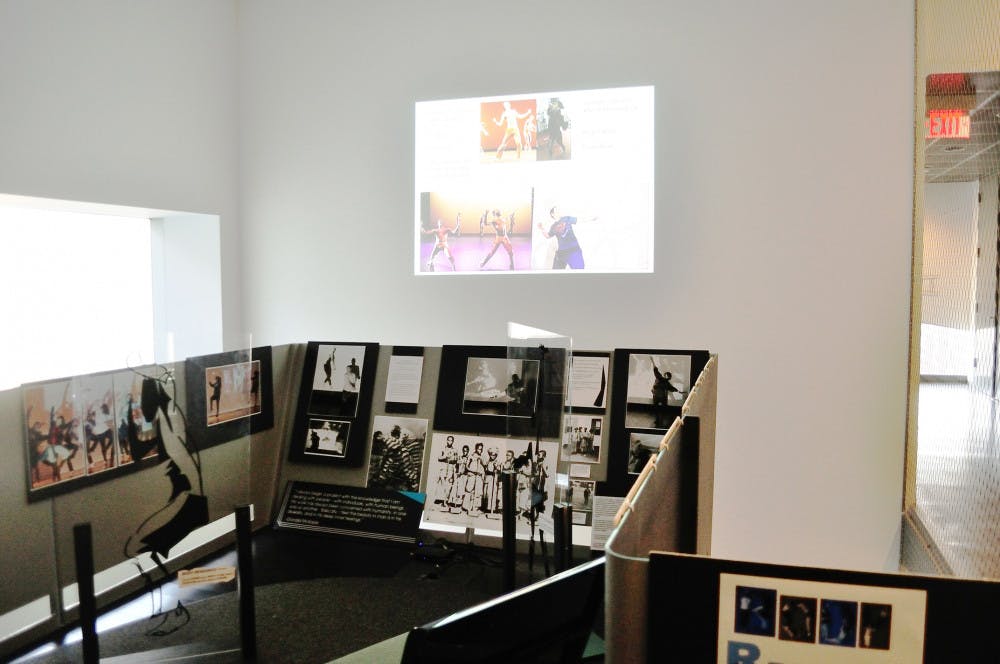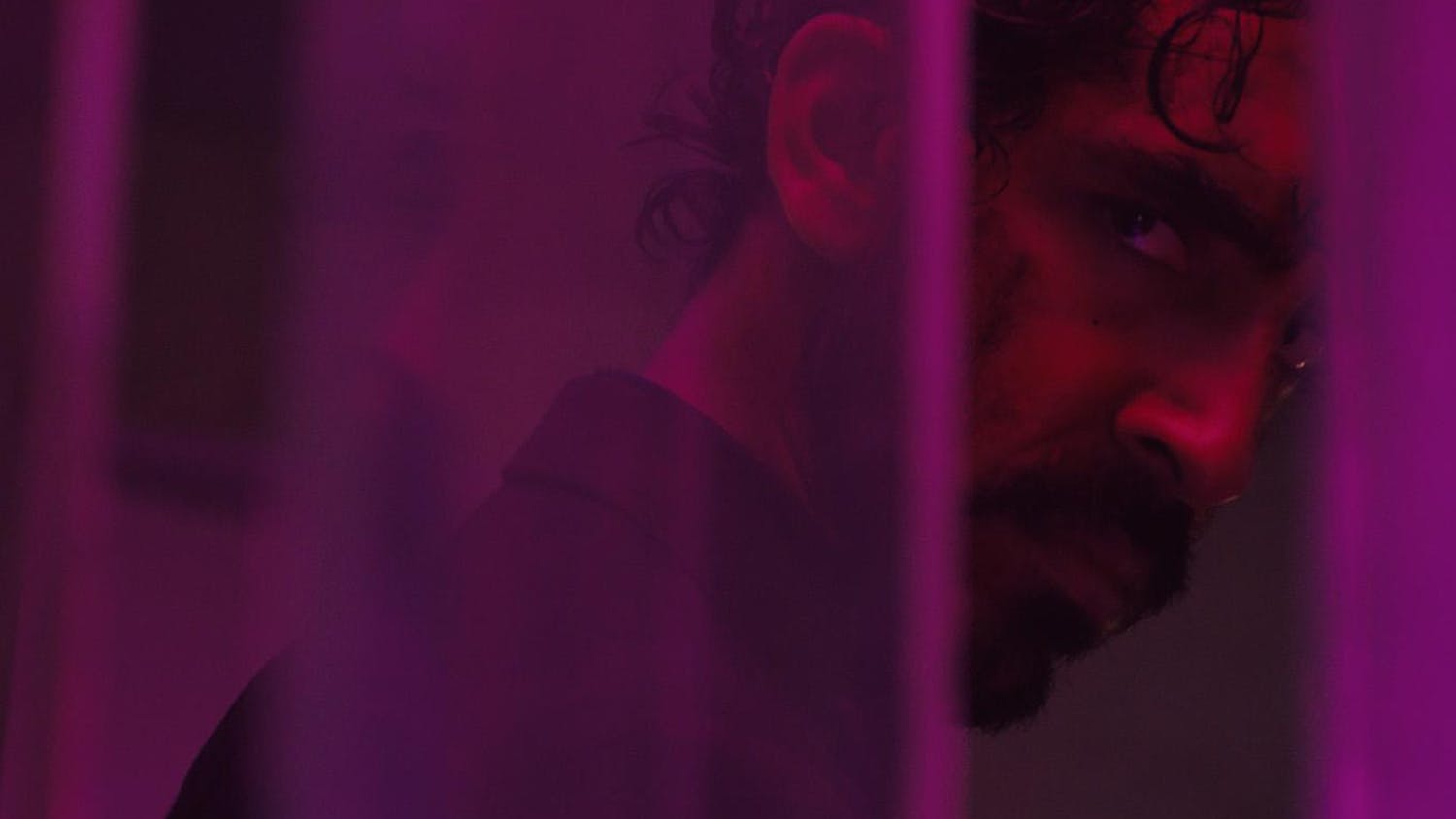Three very different populations will take the stage in the Granoff Center for the Creative Arts Saturday — the performers include high school students from Central Falls, RI, a town known as the “smallest city in the smallest state,” a collection of professional and Brown dancers and a group of adults suffering from Parkinson’s disease. All are different groups, but all are part of the same organization and filled with the same desire to dance.
The three performances are part of this year’s annual Artists and Scientists as Partners Symposium. The aim of both the symposium and the organization is simple: harness the power of the arts to positively affect people with neurological disorders.
ASaP was created in 2012 by Julie Strandberg and Rachel Balaban ’80, senior and adjunct lecturers, respectively, in the Theatre and Performing Arts department. In addition to leading ASaP, Strandberg is one of the co-founders of the American Dance Legacy Initiative, a group that documents masterworks by famous choreographers. Each year, the group invites panelists, speakers, students and other interested Rhode Islanders to learn about the merging of art, science and healing.
ASaP was founded on this intersection of disciplines, Balaban said, aiming to show that music and movement can have powerful healing effects on those suffering from neuro-disorders, particularly Parkinson’s disease and autism.
Balaban said she envisioned the group as an organization that would provide a lighthearted opportunity for those suffering from these diseases. They could be removed from the “support groups where people … are continually talking about their ailments, their issues, the medicalization” and instead participate in something “wonderful and exciting and different,” she added.
Though dance may seem like a strange pastime for a population whose motor ability is degenerating, Balaban said it makes inherent sense. “They lose their automatic movements so everything has to be consciously executed, every next move has to be premeditated.”
Dancers, she added, are the exact same — meticulous about every flick of the wrist, every turn of the head perfectly calibrated. “It’s just been this amazing marriage of two populations,” she said.
The class
Strandberg and Balaban soon felt that students could also benefit from the intersectionality of dance and healing. They created TAPS 1281: “Artists and Scientists as Partners: Theory to Practice,” a class “so interdisciplinary that we haven’t quite figured out where we belong,” Balaban said. The TAPS, neuroscience and public health departments are all potential homes for the nomadic course, which focuses broadly on the effects of art on marginalized groups.
Miranda Olson ’17.5 was one of the first students to take the course in its pilot semester in fall 2013 her freshman year.
Olson was attracted to Brown because it was the only school that told her she could do engineering, English and pre-med all at once, she said. She was attracted to TAPS 1281 because it was the only class that allowed her to do all of those in the same semester.
Now, over two years later, she has been both the TA and a guest lecturer for the course and will lead a design workshop in the upcoming symposium.
She fell in love with the class because it gave her a creative outlet from the constraints of the hard sciences, she said.
“In engineering, you would never explore (art interests) … if you’re not pipetting something or connecting wires, you’re not doing engineering at Brown.”
Benefits for both
Aside from the interdisciplinary aspect, Olson was attracted to ASaP for the way it broke out of Brown’s problematic paradigm of the “one-way service avenue,” she said. ASaP aims to teach students to look at art and science from a new perspective while providing Parkinson’s patients with health benefits such as increased balance, coordination, flexibility and sociability.
The experience offers patients a moment “outside of them thinking of themselves as losing mobility … to look at this hour and 15 minutes as possibility, and they come alive,” Babalan said.
Of equal importance, the group provides students with a chance to understand and interact with an older generation to which access is normally limited.
Olson said the experience is inspiring, as she teaches and learns from people who “still get on the bus, even though it’s the hardest thing in the entire world, just to come to dance class.”
One man refused to miss class, even after undergoing deep brain stimulation — an electric shock method which inactivates small parts of the brain. Another participant, at 93 years old, deemed dance the “passion of his life,” she said.
ASaP also focuses on autism patients, a much less understood group for whom the benefits of music and dance are less charted. When so much of the autistic population is nonverbal, dance becomes an obviously useful way to use the body as a mouthpiece, Olson said. Through dance, feelings “can be transformed into a communication,” she said.
The symposium and beyond
More students signed up for the ASaP symposium, a day filled with community classes, break-out sessions and workshops that discuss the link between music and healing, than have in the past.
For the Parkinson’s group, and likely many others, the most anticipated moment will be when they get to perform the same etude as professional and high-school dancers. The dance, which will be tailored slightly for all three groups, was choreographed by the American Dance Legacy Initiative.
Because many of the dancers with Parkinson’s will be in wheelchairs, much of the dance is modified to highlight movements made by the upper body. “It’s not a watered-down version of the etude,” Babalan said, but rather “just a version that’s accessible to a different movement population.”
Some of the dancers have been doing these moves for many years. Strandberg recalled one man who, during the first year of his performance, was limited to gestures. By the second year, he was dancing with a partner and by the third he was dancing standing upright — not the traditional trajectory for someone with a degenerative muscular disease.
This points to a bright future both for ASaP and for the way doctors treat Parkinson’s, Babalan said. “(Dancing) reduces falls, reduces visits to doctors, reduces medication — why not prescribe this as part of a medical plan?” she added.
She believes Brown students are the ones who are going to bring about this change, Balaban said. “Many (students) will be our doctors of the future” and if ASaP can get them to experience this performance firsthand, “we won’t be having to make these conversations happens. They will just see it.”





